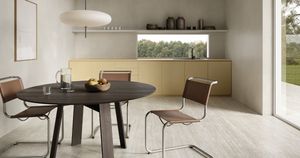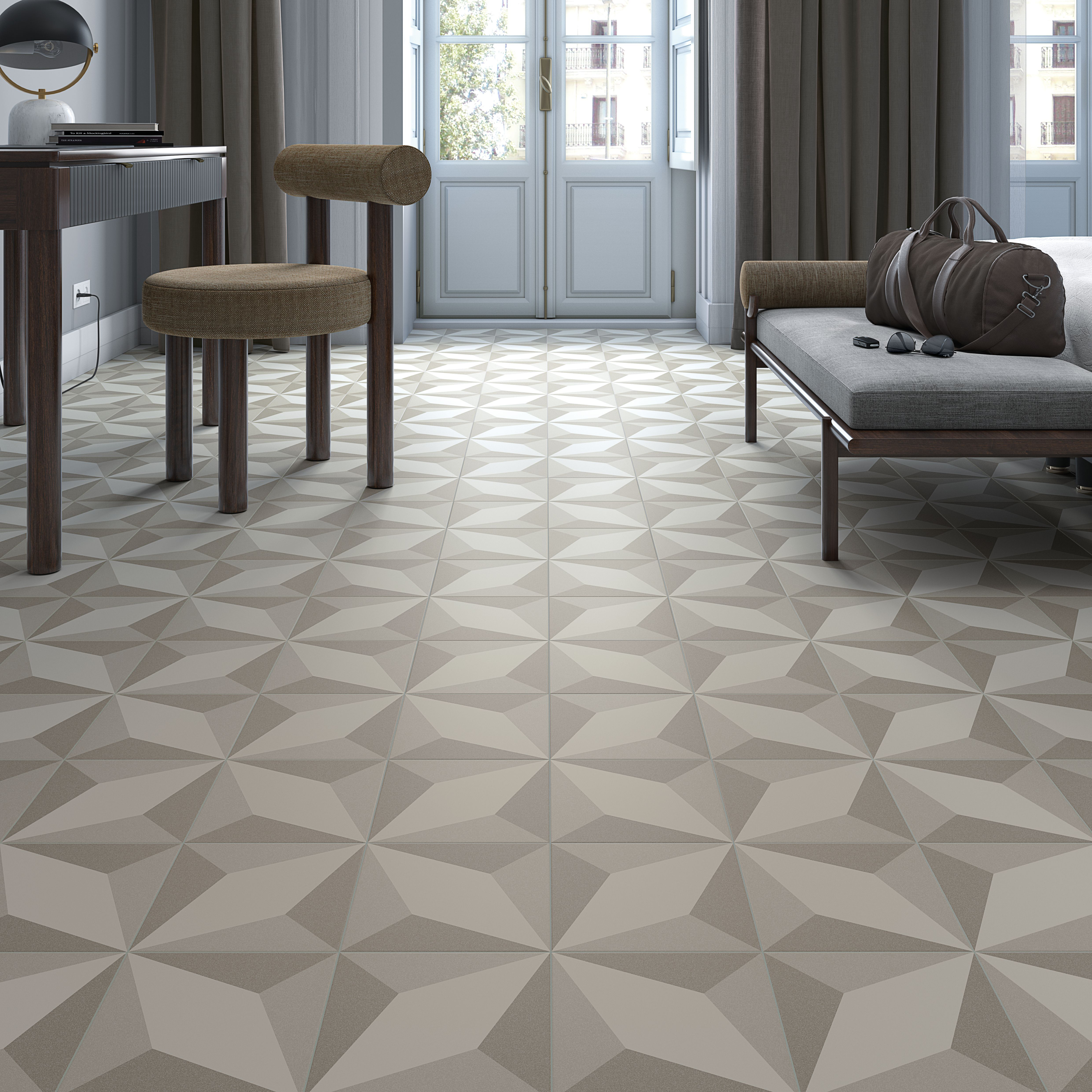28th Aug 2024
More Frequently Asked Tile Questions: Insights from Tile Space
Tiles are an essential component of modern interiors, but choosing the right type and understanding their uses can be overwhelming. At Tile Space, we’re here to clarify some common questions about tiles to help you make the best decisions for your home. We asked Amanda, the Branch Manager of our Tile Space Dunedin and Christchurch stores, what the most commonly asked questions are in store.
What Is the Difference Between Wall and Floor Tiles?
Wall and floor tiles are designed with different properties to suit their specific applications:
- Wall Tiles: Generally, wall tiles are lighter and thinner than floor tiles. They are designed primarily for aesthetic appeal and are not subjected to heavy foot traffic. Wall tiles often have a smooth surface and can be glazed for added shine and ease of cleaning.
- Floor Tiles: Floor tiles are thicker and more robust to withstand the pressure and wear from foot traffic. They are often made from harder materials and have a more textured surface to provide slip resistance. Floor tiles are also more resistant to impacts and abrasion.
Choosing the right tile for each application ensures durability and performance.
What Is the Difference Between Porcelain and Ceramic?
Porcelain and ceramic tiles are often confused but have distinct characteristics:
- Ceramic Tiles: Made from red or white clay and fired at lower temperatures, ceramic tiles are versatile and generally more affordable. They are suitable for walls and low-traffic floors. Ceramic tiles can be glazed or unglazed, with the glaze adding colour and protection.
- Porcelain Tiles: Porcelain tiles are made from a more refined clay and fired at higher temperatures, making them denser and more durable than ceramic tiles. They are highly resistant to moisture, stains, and heavy wear, making them ideal for high-traffic areas and floors. Porcelain tiles can be polished or unpolished, offering a range of finishes.
What Is Easier to Clean: Matt vs. Polished? How Do I Clean Tiles?
The ease of cleaning tiles can vary based on their finish:
- Matt Tiles: Matt tiles have a non-reflective surface that hides dirt and water spots better than polished tiles. They are less likely to show smudges and fingerprints, making them easier to maintain. However, their textured surface can sometimes trap dirt, so regular cleaning is essential.
- Polished Tiles: Polished tiles have a glossy finish that makes them look more vibrant and reflective. While they are easier to wipe clean and can appear more hygienic, they show dirt, fingerprints, and water spots more readily. Regular cleaning with a mild detergent and water is recommended to maintain their shine.
Cleaning Tips: For both matt and polished tiles, use a mild detergent and warm water with a soft cloth or mop. Avoid abrasive cleaners or scouring pads, which can scratch the surface. For grout, use a grout cleaner or a paste made from baking soda and water.
Is It Safe to Use Polished Tiles on the Floor?
Polished tiles can be used on the floor, but there are some considerations:
- Slip Resistance: Polished tiles can be slippery, especially when wet. It’s essential to choose tiles with a suitable slip resistance rating for floor applications. A chemical anti-slip treatment can be applied but is not the norm. The biggest reason people use Polished tiles on the floor is they reflect light which can make a space look larger and more luxurious.
- Maintenance: Polished tiles require regular cleaning to maintain their shine and to prevent dirt and grime from accumulating, which can reduce their slip resistance.
If you choose polished tiles for the floor, ensure they meet safety standards and are suited to your space’s traffic levels. Chat to our team if you need any clarification on slip ratings. Our Gecko range is a Matt tile range and are a fantastic choice for someone with safety front of mind, as they develop a slip resistance when wet.
Which Tiles Can Be Used in a Shower?
When selecting tiles for a shower, consider the following:
- Water Resistance: Both porcelain and ceramic tiles can be used in showers, but porcelain is generally preferred due to its superior water resistance. Ensure that the tiles are specifically designed for wet areas.
- Surface Texture: Tiles from our Gecko collection are ideal for shower floors to prevent slipping. On walls, you can choose smoother tiles that are easier to clean.
- Grout: Use water-resistant grout and ensure proper sealing to prevent water from penetrating and causing damage, we reccomend using epoxy grout in showers.
- Gecko tiles: Our top recommendation for bathroom floors is our Gecko range. They have innovative technology where they are smooth when dry, then develop an non-slip finish when wet. These are a good option for showers as they can still be cleaned easily, unlike traditional grip tiles.
Can a Large Tile Be Used in a Small Space?
Yes, large tiles can be used in small spaces, and they can create a sense of continuity and openness. Here’s how:
- Visual Impact: Large tiles can make a small room appear larger by reducing the number of grout lines, which creates a seamless look. Our XL tiles can create a very seamless look in a small space helping it appear larger!
- Installation: Proper installation is key. Ensure that the tiles are cut precisely to fit the space and avoid awkward gaps or misalignment.
- Design: Consider the layout and pattern of the large tiles. Stacking tiles vertically can give the illusion of higher ceilings as it draws your eye upwards.
Large tiles can enhance the aesthetic of a small room when installed correctly and thoughtfully. Chat to our team for tips on how we can help maximise your small space!
Understanding the nuances between different types of tiles and their applications can greatly enhance the functionality and style of your spaces. Whether you’re choosing between wall and floor tiles, porcelain and ceramic, or deciding on finishes and sizes, the right information can help you make the best choices for your home.
For more information or personalised advice, visit Tile Space or contact our knowledgeable team. We’re here to help you find the perfect tiles for your needs!









































































